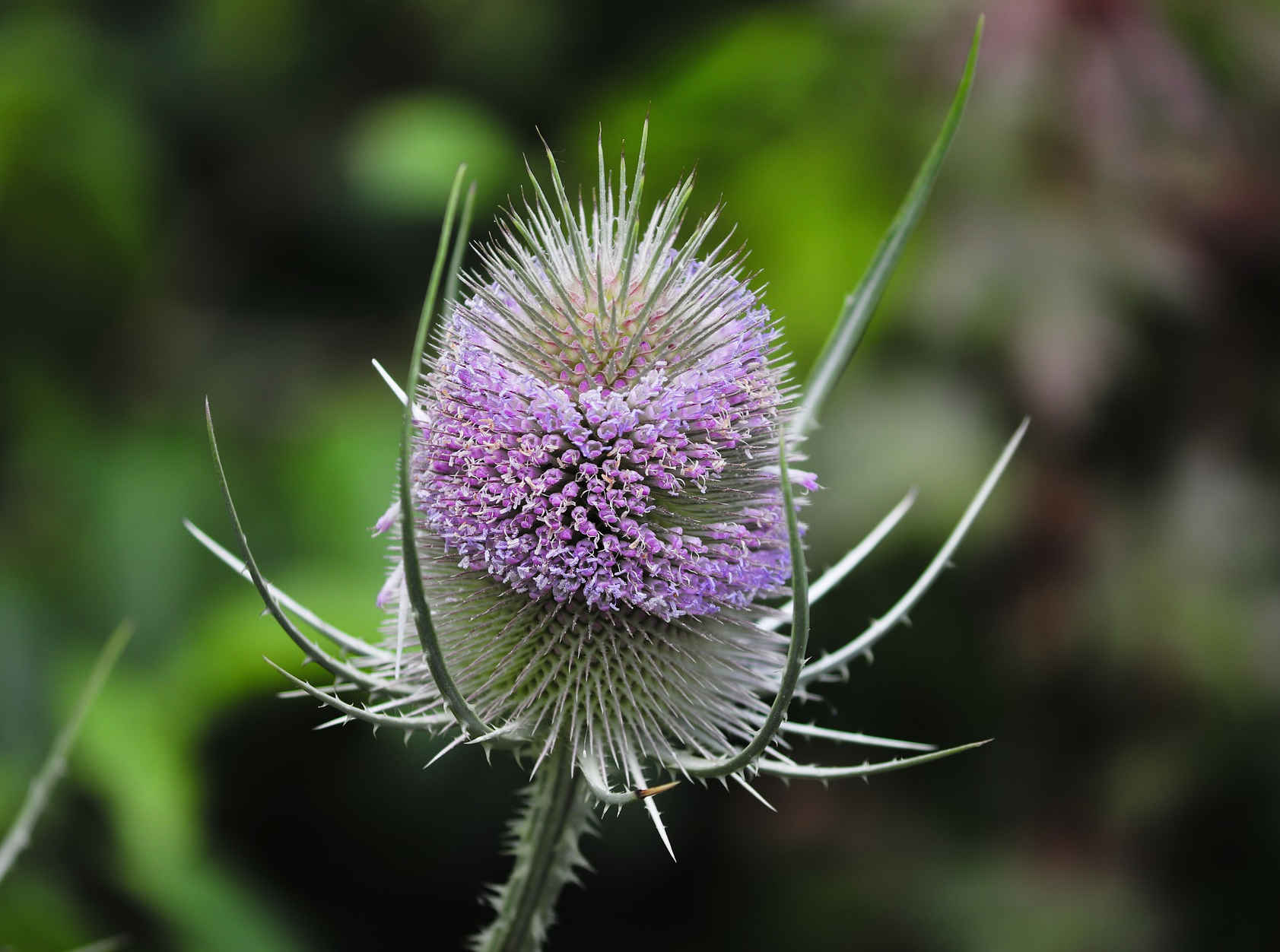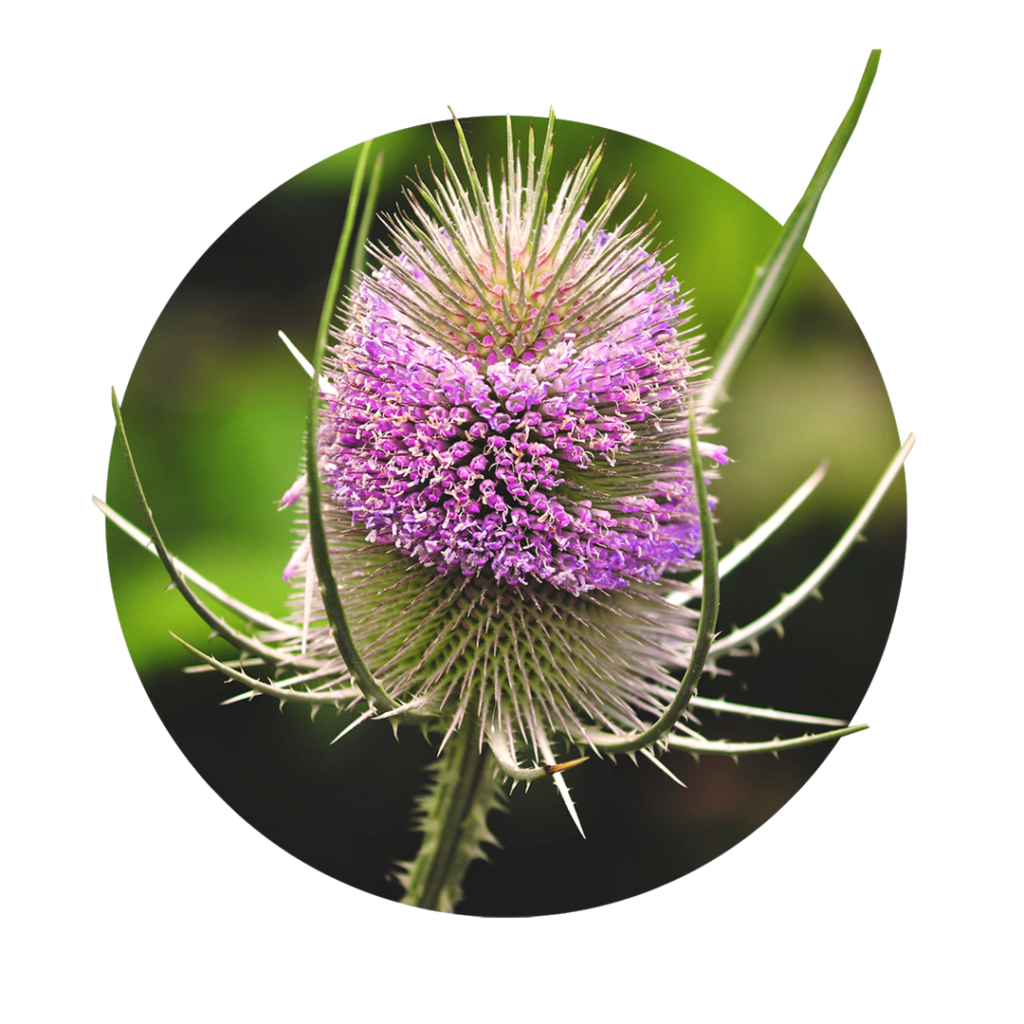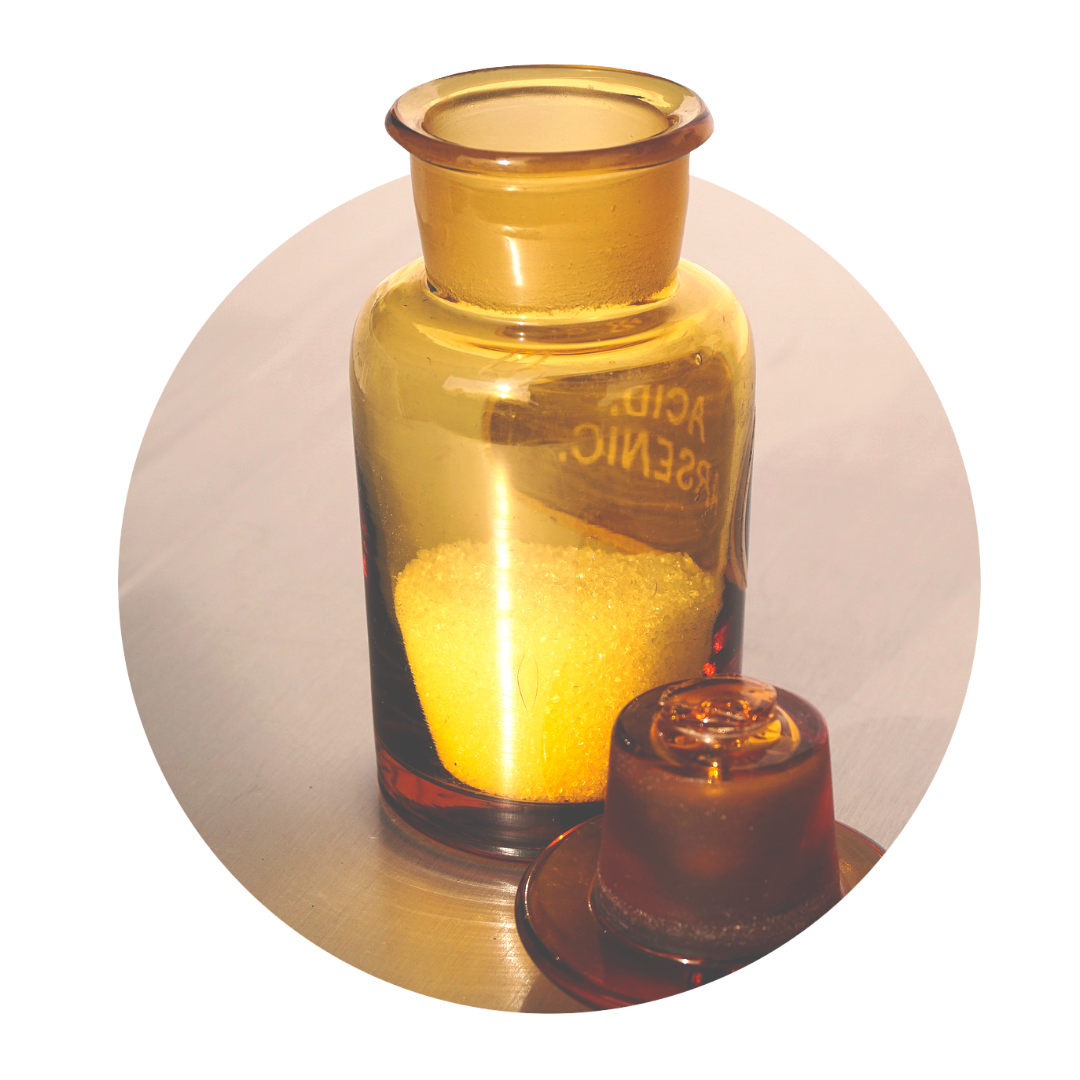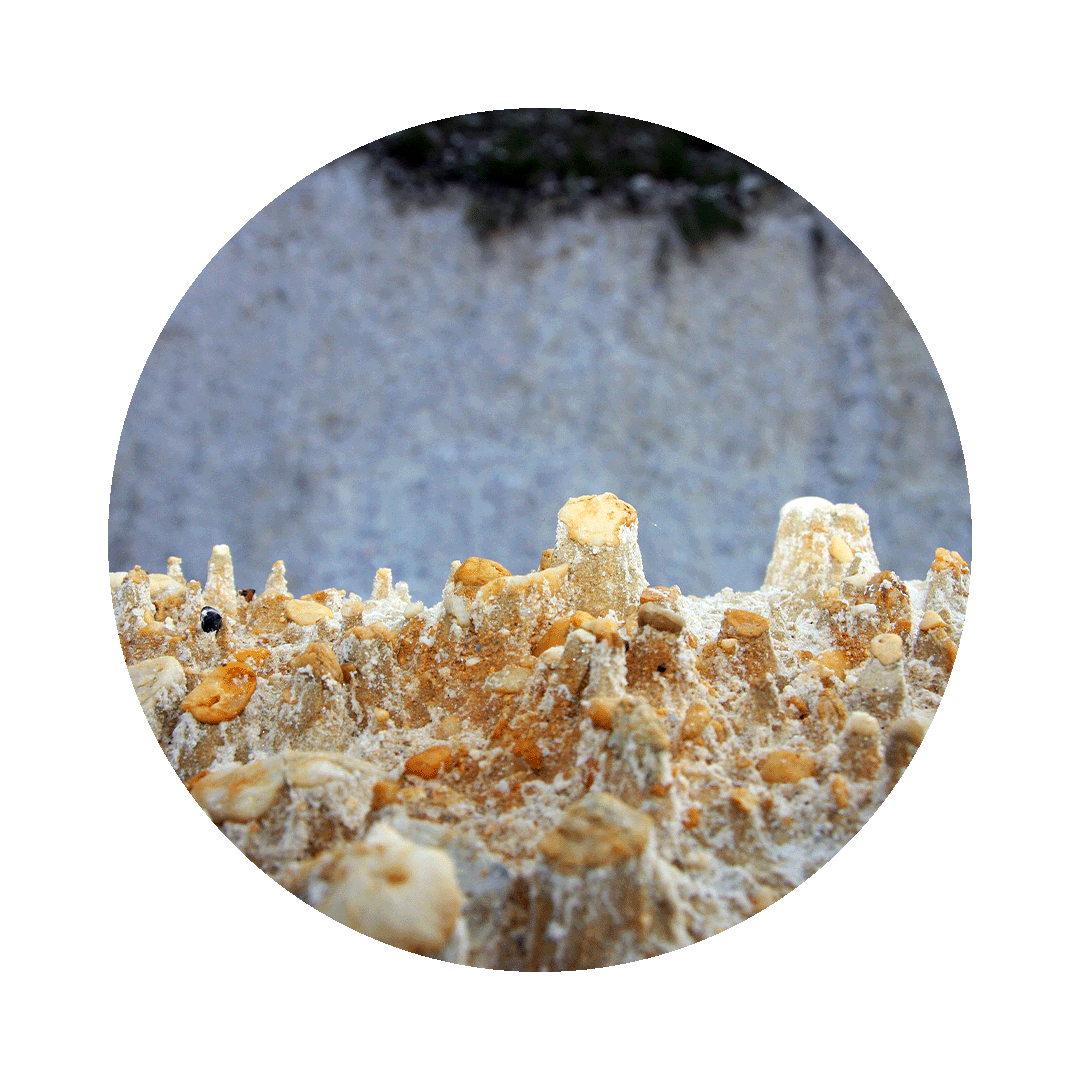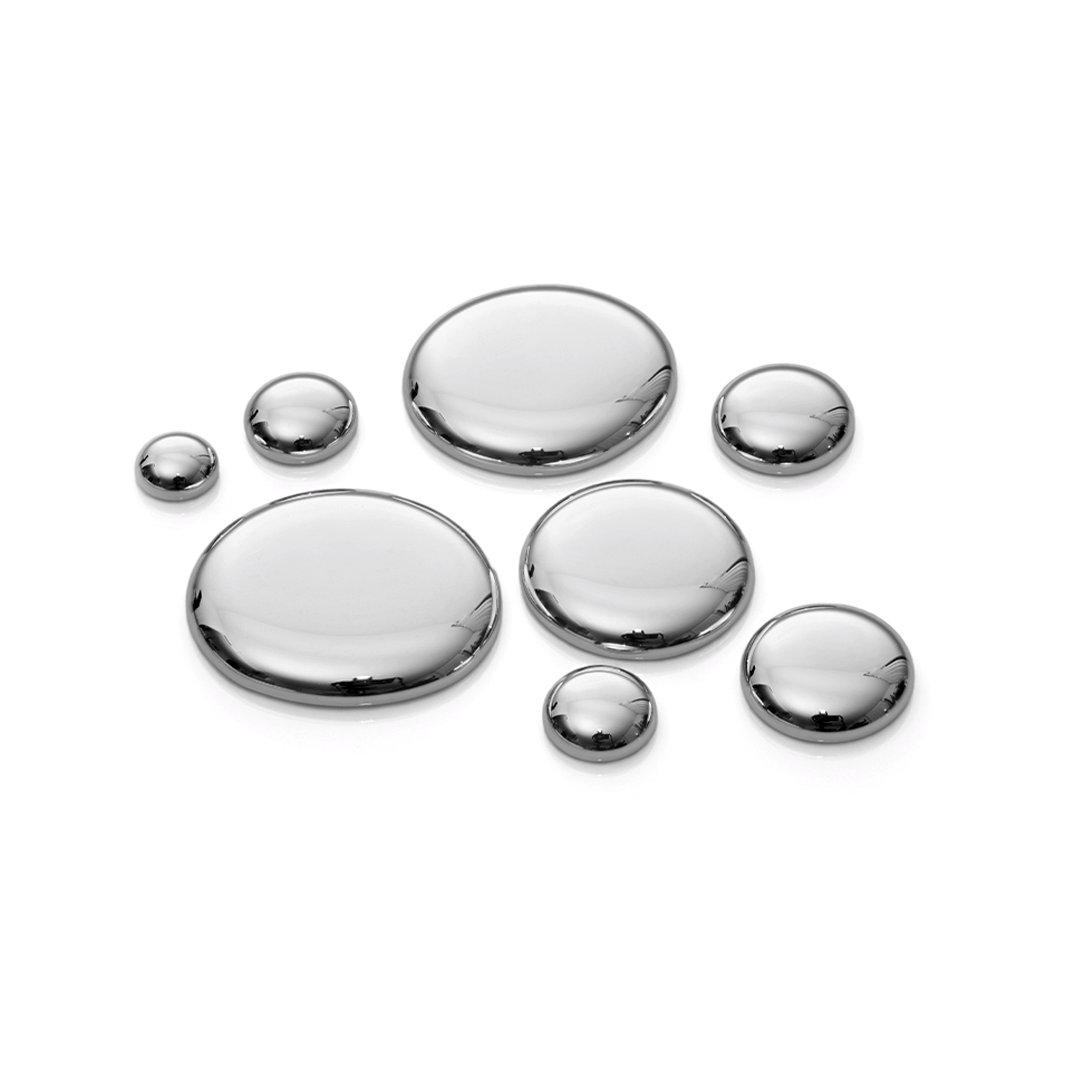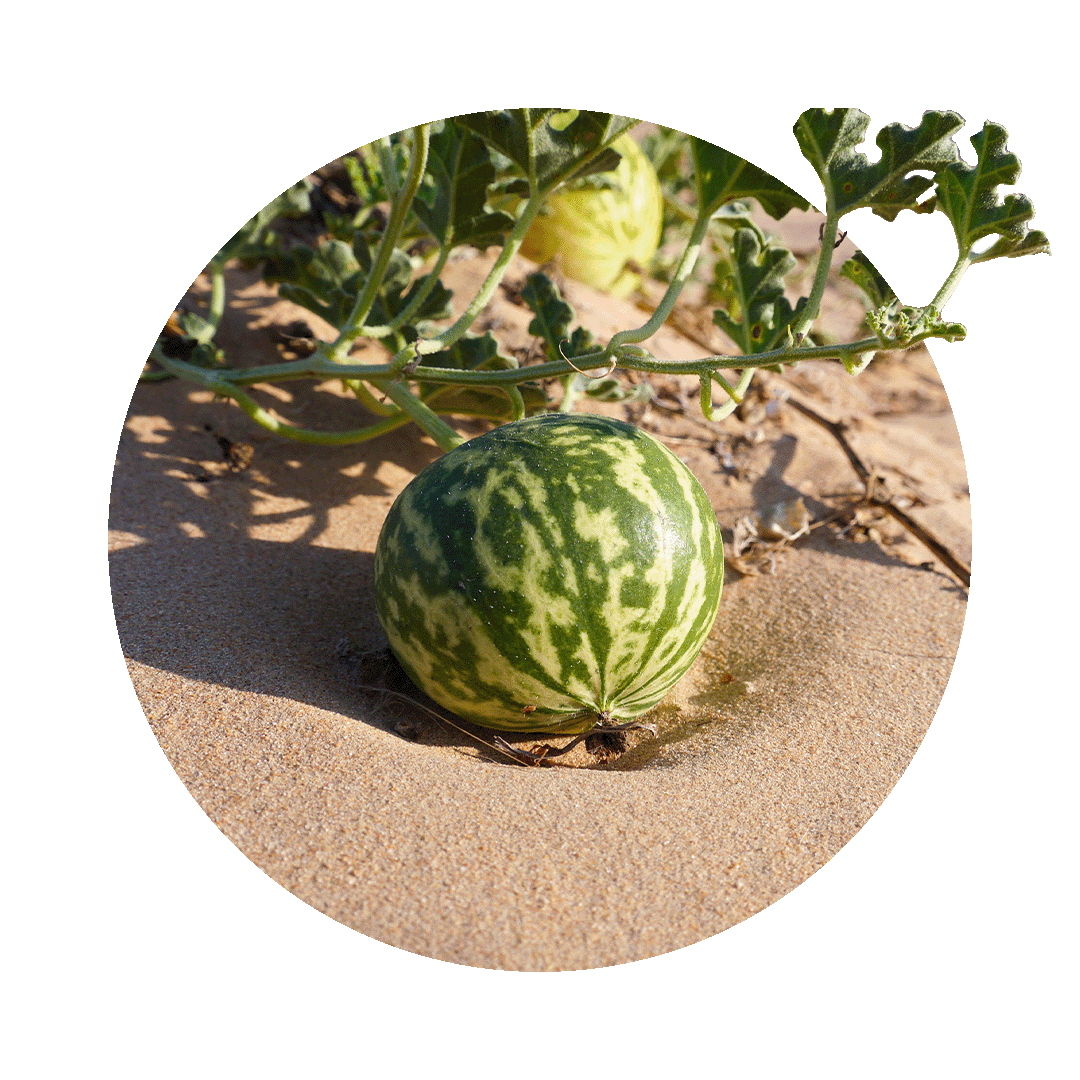Wild cardoon: natural support for drainage
Wild cardoon is one of the oldest cultivated plants in Europe and plays an important role in history. Since man began to process sheep wool his history is directly tied to that of the cardoon. The cardoon has a brush-like, piston-shaped head that is ideal for evenly combing through the fine wool fibers to clean them. This process is still called carding today and gets its name from the wild card. In naturopathy it is valued for its purifying effect and its applicability in various infections.
Facts about wild cardoon
Did you know that...
... the name Dipsacus comes from Greek. Dipsa= thirst, because the leaves of the card catch rainwater, which you can drink?
... the card was also used to roughen wool fabrics?
What is wild cardoon?
The wild cardoon is a plant that grows up to 2 meters high and is widespread in our area, resembling a thistle without being related to it. It has been used in our country since the beginning of wool processing in the Bronze Age as an important cultivated plant, because its brush-like heads were used for combing the contaminated raw wool. This process is called carding or carding. Today, this is done industrially with metal combs.
Characteristic is its purple flower, which catches the eye even from a distance. The cardoon loves calcareous soils and has no problem with rugged, stony ground and on flooded areas. Therefore, it likes to be found near riverbanks, dirt roads or railroad lines.
Its leaves grow in a circle around the stem, forming a rosette that collects rainwater. Therefore, in the past it was also very appreciated by thirsty hikers, because it usually kept a sip to drink.
General and healing properties of wild cardoon
Antimicrobial
Wild cardoon is antimicrobial. It has been used in traditional Chinese medicine for centuries against various bacterial and viral infections. Recently, it is even believed to be effective against hepatitis B and HIV. Traditionally, it was used against diarrhea, for wounds and also skin diseases.
Digestive
Wild cardoon is digestive tonic. It is often administered when the stomach, gall bladder and liver are considered weak, i.e. produce too little or poor stomach acid or the amount of bile is too low. Cardoon stimulates the formation of juices, strengthens and thus harmonizes digestion.
Eliminating
Wild cardoon is expectorant. It is used to purify the blood, promote urination or as a diaphoretic to eliminate toxins from the body and thus relieve the metabolism.
Dipsacus silvestris: Ingredients
Unfortunately, cardoon is not very well researched, but it has a great treasure of therapeutic experience from natural medicine.
You can find the following ingredients in wild cardoon:
- Saponins
- Iridoids/Bitter
- Phenols
- Tannins
Wild cardoon: effect for body and mind
Wild cardoon shows high detoxifying power for the human body. It stimulates the digestive glands and thus also improves digestion. Thus, both the absorption of nutrients, but also the elimination of waste products from the metabolism can proceed well. Its antimicrobial effect helps us to fight infections with bacteria, viruses and fungi, thus relieving the immune system or helping it to overcome existing infections. Therefore, cardoon is often used for cleansing and as an adjunct to cures.
Dipsacus properties
- Purifying
- Anti-inflammatory
- Antibacterial
- Antiviral
- Antirheumatic
- Antifungal
Fields of application in naturopathy
Since it is not very well studied, cardoon is based on therapeutic experience. However, pharmacological studies to date are indicative that the effects can also be associated with the ingredients. In any case, it is therapeutically very versatile.
Wild cardoon for Lyme disease
Cardoon has been quite famous for some time because of its potential to be effective in Lyme disease. Thereby, it seems to strengthen the immune system to such an extent that the difficult infection with Borrelia can be overcome. Especially in chronic Lyme disease, it has already contributed to relevant relief of symptoms and mitigated the consequences of Lyme disease.
Wild cardoon: effect on gout
In gout, man has the problem of not being able to excrete uric acid to the normal extent. The cardoon with its bitter substances supports the excretory metabolism, so that the body can get rid of the uric acid and rebalance the pH values of the tissue. But the phenols contained help dampen rheumatic inflammation, such as that of gout, so that the pain decreases.

Dipsacus for acne & skin problems
Many skin problems are associated with metabolic weaknesses. Since wild cardoon is very rich in bitter substances, it strongly stimulates the activity of the liver, stomach, gall bladder and intestines. Digestion can thus return to normal and metabolism can run as usual. The skin symptoms disappear and the skin appearance normalizes.
Wild cardoon for warts & fistulas
Cardoon is also popularly used for poorly healing wounds, warts and fistulas. It is believed that tannins are contained in cardoon, which explain the wound-healing effect. These tannins have an astringent effect, thus closing the surfaces and promoting the healing of the wound.
Wild cardoon for rheumatism
Wild cardoon is popularly used for rheumatism. Similar to gout, it promotes metabolism and helps the body cleanse itself to relieve the organism. The phenols of cardoon are anti-rheumatic and anti-inflammatory, so that the autoimmune inflammations of rheumatism decrease and weaken.
Dipsacus silvestris for digestive problems
Wild cardoon contains many bitter substances. The bitter taste alone, via the taste buds, causes the brain to activate the digestive glands and stimulate them to release digestive juices into the intestines. Therefore, cardoon is often used by taking a tincture of cardoon on the tongue before eating. You will immediately see how the salivary glands of the mouth react and your mouth waters. Something similar happens in the intestines, so that the eaten food comes into a prepared digestive tract, which can now take care of it optimally.
Notes on the use of Dipsacus silvestris
Cardoon can be taken several times a day as a single drop or as a component of complex remedies directly before meals. It is also available as a component of tablet preparations, but its bitter effect is largely omitted here.
Wild cardoon during pregnancy & lactation
Due to its astringent effect, cardoon should be avoided during pregnancy. It should not be a problem during breastfeeding.
Discover our sprays
With natural methods such as the individual spagyric sprays from Zimply Natural, complaints can be treated and sustainably alleviated.
Use the healing power of Dipsacus silvestris!
Use the healing power of wild cardoon and our other 100 medicinal plants for the natural relief of your ailments. Improve your well-being and support your body, mind and soul! Use our configurator to create your personal spagyric spray, which is tailored to your needs and accompanies you on your natural path to the improvement of body, mind and soul.

